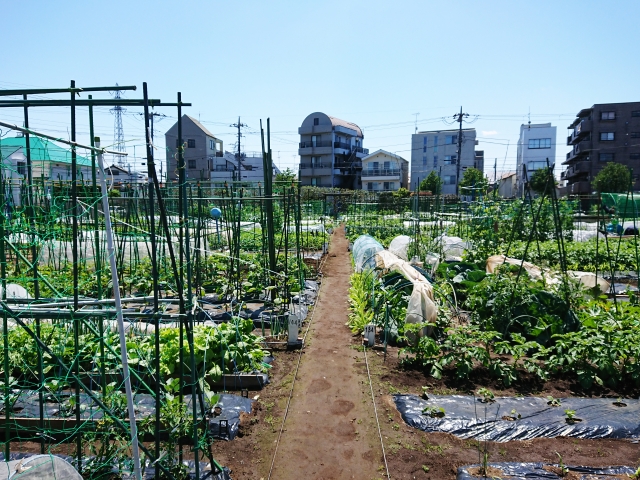If you walk through a Japanese suburb on a sunny weekend, you might spot a patch of soil surrounded by neat fences — rows of tomatoes, cucumbers, and shiso leaves quietly basking in the light.
This is a kitchen garden, or katei saibai in Japanese.
It’s one of the most popular hobbies in Japan, blending the calm of nature with the satisfaction of harvest.
🌱 A Little Farm in the City
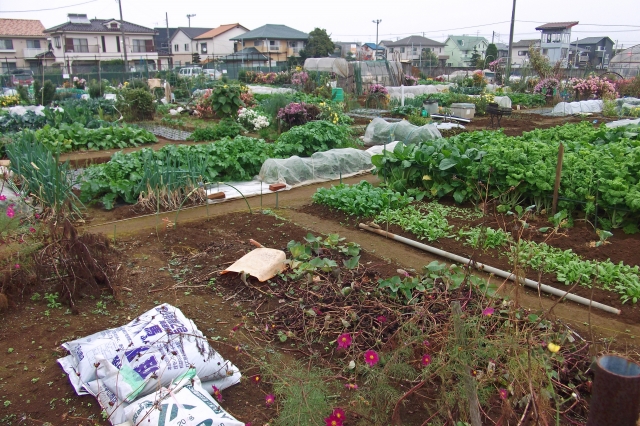
Many people don’t have a backyard, so they rent a small plot from a local landowner or community garden.
The space is modest — often just a few square meters — yet full of life.
Seasonal vegetables like tomatoes, eggplants, and radishes share space with herbs such as basil or shiso.
The purpose isn’t really to save money. In fact, after paying rent and buying tools and seedlings, it might even cost more than supermarket vegetables.
But that’s not the point.
For most, the garden is a way to touch nature in daily life — to see something grow through their own care and effort.
It’s a peaceful escape from screens, traffic, and deadlines.
🌼 The Joy of Sharing
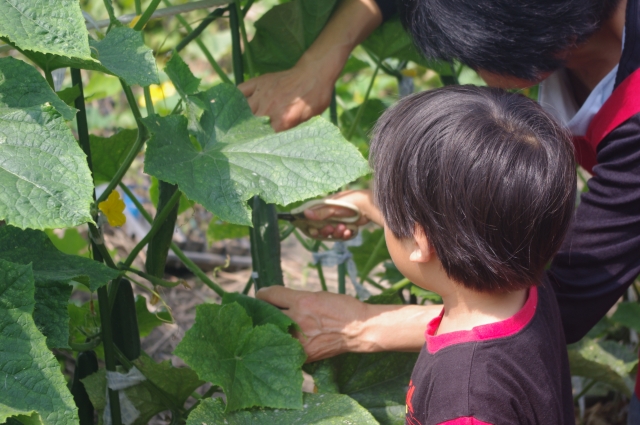
Japanese kitchen gardens are rarely solitary hobbies.
Neighbours exchange vegetables, friends trade herbs, and children deliver freshly picked cucumbers to their grandparents.
The harvest becomes a way to connect — a quiet but genuine form of community.
Many gardeners proudly bring home their fresh produce for dinner, serving it with a sense of warmth that only comes from growing something yourself.
👩🌾 Learning Through Soil
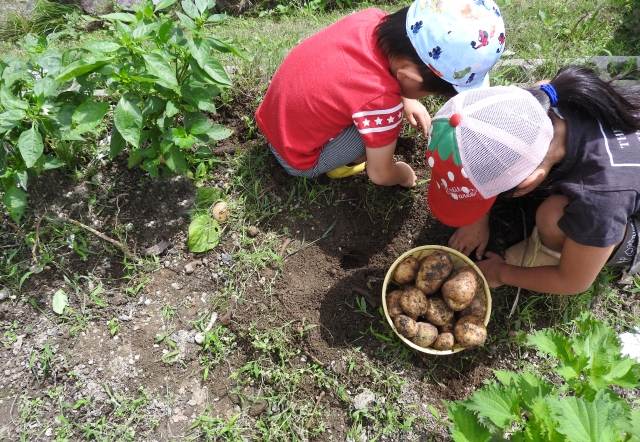
For parents, kitchen gardening is also a form of education.
Watching seedlings sprout and flowers turn into fruit helps children understand the rhythm of life.
It teaches patience, gratitude, and care — values deeply rooted in Japanese culture.
That’s why many families grow organically or with minimal chemicals, letting kids safely participate in watering and harvesting.
🛒 Easy Start with DIY Shops
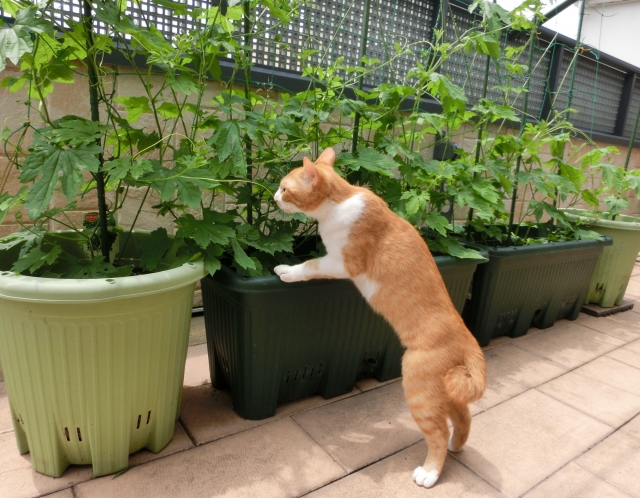
Home centers and DIY shops play a big role too.
They sell everything from small planters and organic soil to illustrated guides and weekend workshops.
Even complete beginners can start easily — and you don’t even need to rent a farm.
🏡 Balcony Gardens: Nature in Small Spaces
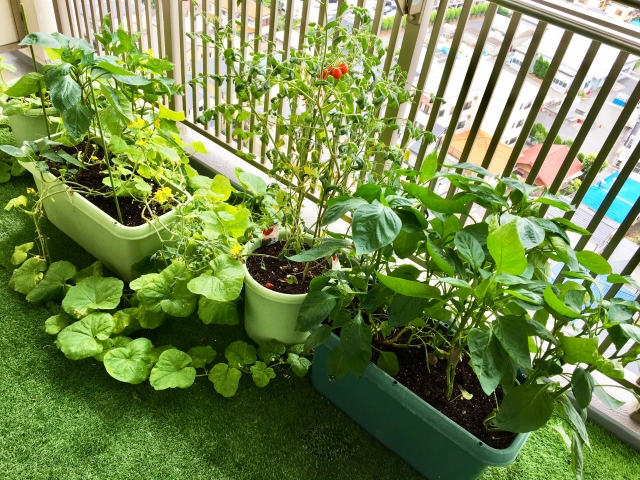
Urban residents often grow vegetables and herbs on balconies or verandas using pots and containers.
A few green leaves near the window can brighten up an apartment and bring a sense of calm.
In a crowded country like Japan, where space is limited, this simple act of nurturing life — even in a tiny pot — brings a quiet kind of happiness.
Whether it’s a shared community garden or a small pot on a balcony, the idea is the same:
to slow down, care for something living, and enjoy the reward of your own hands.
That, perhaps, is the true heart of the Japanese kitchen garden.

